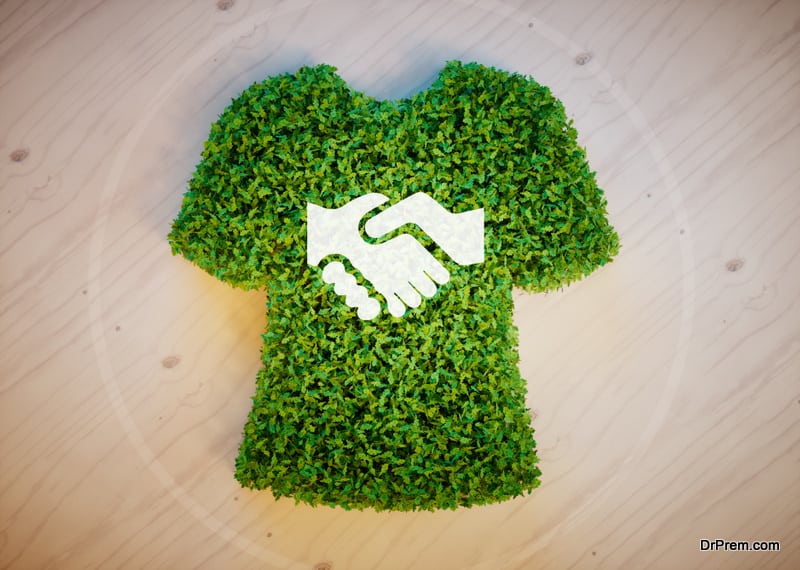It’s a standard rule of the thumb. Every year, we end up buying new clothes only to throw out or give away the old ones. But have we ever, for even a moment, thought about what would happen to all those clothes that we threw out/gave away, where they would end up in the end and how they would impact the environment in the long run? Worse, how many of us actually take the time to check the label of the clothes we buy to see what material they are made out of and where they come from?
While we may consider these questions to be insignificant, there are chances that our ignorance could affect us as well as the environment we live in, in the near future. Here’s how.
Current fashion needs and their impact on the environment
The current need of the hour is to have a fashionable wardrobe, filled to the brim with the latest clothing trends. As trends change, these clothes are replaced with the more fashionable ones. This creates a lot of waste without us even realizing our contribution towards the same.
Apparel production is an industry that utilizes an absurd amount of resources. The sheer amount of water and non-renewable resources used in the various chemical processes the industry employs during the various production stages is unimaginable.
Cotton and polyester fibers currently dominate the fashion industry, leading to several issues like excessive water usage, loss of soil fertility, pollution, loss of biodiversity and increased dependency on oil. All these factors would directly contribute to the growing list of environmental problems we already face.
We tend to contribute to the resultant environmental impact by throwing our old clothes in the trash as well. For instance, up to 65 pounds of clothing is thrown in the trash by an individual every year. Now if we take the other kinds of textiles like bed sheets and drapes, etc. this can easily amount to over 14.3 million tons of textiles being wasted every year.
Efforts to move towards sustainable clothing
The need to move towards sustainable clothing has been recognized by many clothing brands which now adopt greener, more sustainable policies to produce clothes that are both fashionable and green. A few such initiatives include:
- H&M: This clothing brand has made it a point to use organic cotton in all of its products and use several other sustainable materials in its ‘Conscious’ clothing line which is a big hit in the fashion circuit. The brand has also recently launched a massive clothes-recycling program on a global scale to promote sustainability in the fashion industry.
- Levi’s: This denim brand matches H&M in its eco-friendly reputation, and has started using 100% recycled water in the production of its trademark denim jeans.
Other initiatives undertaken to promote fashion sustainability include:
- Sustainable Fashion Shows: The Bloomington community recently arranged a fundraising Trashion/Refashion Show which featured clothes made of recycled materials. The profits generated from the show were directed to the Center for Sustainable Living.
- Future Fabrics Expo: This expo aims to showcase as well as promote alternative fibers and fabrics that are both innovative and commercially viable. These fibers and fabrics are in turn bought from mills as well as suppliers who are committed to following green production practices.
Such efforts also aims to reach out to several fashion designers and labels with its range of high quality sustainable fabrics, thus putting an end to the age old rule of using only cotton or polyester for clothing. In addition to this, the expo would also focus on highlighting at green practices that could be adopted throughout the production and supply chain, thereby helping fashion labels reduce their carbon footprint significantly.
Summary
The need of the hour is not merely fashion, but sustainable fashion. With more and more fashion labels adopting the trend, the time has come for us to become more sustainable in our choice of clothing as well.


